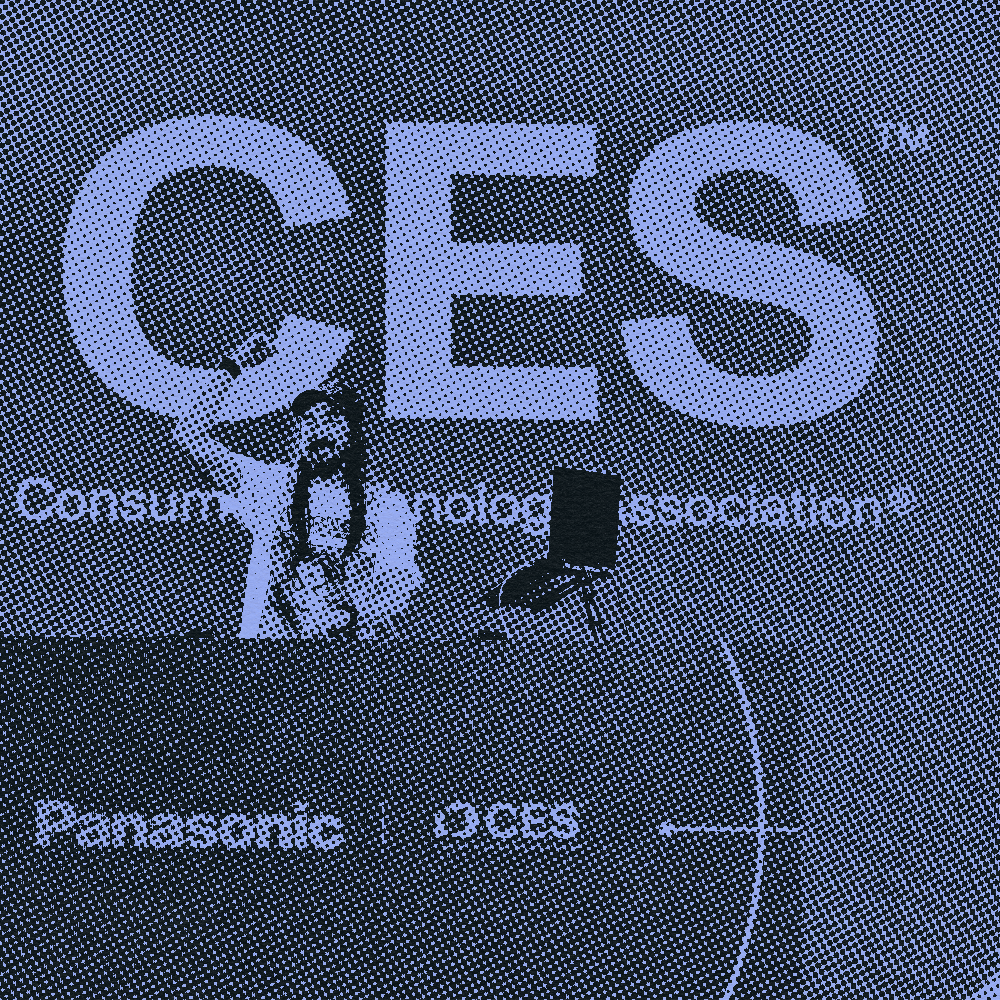As the adoption of influencer marketing continues to rise, so too does the scrutiny of the practice. For more than a year, the FTC has made it clear to brands and marketers that disclosure is critical. These compliance standards also apply to brands running their programs through ad agencies or public relations firms as they’re ultimately responsible for what others do on their behalf.But as All About Advertising Law recently pointed out, that may not be all marketers have to consider. In addition to FTC standards, a recent decision in a California case now has everyone wondering if and how employment law can factor in. More specifically, the case explores the fine line between an influencer being considered an independent contractor or an employee.How does this difference affect influencer marketing programs? In short, the way a company establishes and maintains influencer relationships can tip the scales between these designations. The more heavy-handed guidance marketers provide to influencers in the creation and execution of campaigns, the more likely they are to be considered an employee – thus requiring substantially different treatment.While this case is interesting, and certainly could have implications down the road, I don’t see anything of major concern today. The key finding in the case was the Court’s disapproval of an existing multi-factor test for employment. As a result, the Court implemented a new three-factor test that assumes individuals providing services are employees unless they satisfy each of the three conditions in the test.As the article points out, the first factor is the trickiest to prove as it focuses on the amount of control hiring entities have in the delivery of a final product. Not unlike most legal decisions, there are many different interpretations of what this means. While it is complex, here are my initial thoughts for how marketers can abide by these evolving set of rules and regulations while still ensuring success from their influencer programs:
- As hiring entities, we’ll likely need to relinquish more control of the process leading to the final product. I believe we can still be clear with influencers as to the goals of the campaign, but to adhere to the FTC’s policies, we have to allow influencers to be more in control of the creative process and resulting final product. Just like you would be clear with a contractor renovating your kitchen about the desired outcome, you wouldn’t micromanage how they hammer in the nails – you trust them as the professional to deliver what you hired them for.
- Marketers may need to become more mindful about the frequency of placements from individual influencers. Rather than go all in on 1-3 continuous influencer relationships, we may need to spread those efforts out across 10-15 publishers (all the more reason to consider microinfluencers). In doing so, I think a stronger case is made that those influencers are less reliant on the hiring entity as a primary source of income and can be presumed as independent contractors rather than employees.
- Lastly, in my opinion, this decision only bolsters the importance (and safety) of earned media deployed through influencers. Is it much more challenging? Absolutely. To be successful, the quality of the content becomes more critical, as does understanding the various life cycles and motivations of influencers and aligning the right types of content to suit their individual needs.
Interested in learning more about how influencer marketing programs could work for your business? Drop us a line.
What’s a Rich Text element?
The rich text element allows you to create and format headings, paragraphs, blockquotes, images, and video all in one place instead of having to add and format them individually. Just double-click and easily create content.
The rich text element allows you to create and format headings, paragraphs, blockquotes, images, and video all in one place instead of having to add and format them individually. Just double-click and easily create content.
Static and dynamic content editing
A rich text element can be used with static or dynamic content. For static content, just drop it into any page and begin editing. For dynamic content, add a rich text field to any collection and then connect a rich text element to that field in the settings panel. Voila!
How to customize formatting for each rich text
Headings, paragraphs, blockquotes, figures, images, and figure captions can all be styled after a class is added to the rich text element using the "When inside of" nested selector system.





